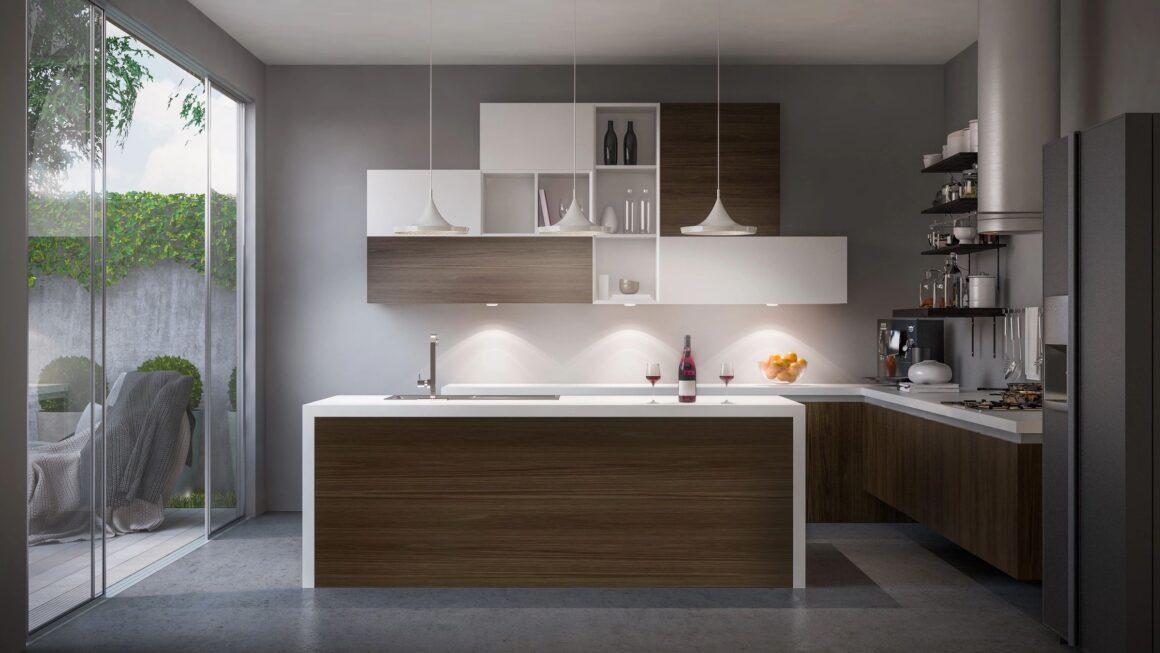The humble junk drawer, often a catch-all for random items, is a common feature in many kitchens and homes. Over time, it can become a chaotic mess, making it difficult to find what you need when you need it. But fear not, decluttering your junk drawer is a manageable task with a little organization and patience. And don’t let lack of storage hold you back. Here’s a step-by-step guide to help you transform your cluttered drawer into a neatly organized space.
Empty the Drawer
Start by removing everything from the drawer. Lay all the items out on a clean surface like a table or counter. This allows you to see everything you’re working with and start fresh. It might seem overwhelming at first, but seeing everything at once will help you make better decisions about what to keep and what to toss.
Sort and Catorgize your Items
Next, sort the items into categories. Common categories might include office supplies (pens, paper clips), tools (screwdrivers, batteries), household items (light bulbs, adhesive strips), and miscellaneous (random receipts, old coupons). This step is crucial as it helps you assess what you have and decide what is truly necessary. You will be amazed as to what you find in the junk drawer. And don’t forget to take advantage of empty drawer space in your office or desk.
Assess and Purge What You Don’t Need
Go through each category and decide what to keep, what to donate, and what to throw away. Be ruthless—if an item is broken, outdated, or has no clear use, it’s time to let it go. For things you rarely use but want to keep, consider whether they truly belong in the junk drawer or if another storage solution might be better.
Clean and Disenfect the Drawer
Before returning any items, clean the inside of the drawer. Wipe it down with a damp cloth to remove dust and crumbs. If there are any drawer organizers or dividers, clean those as well. Make sure you let everything dry before putting items back in.
Organize with Storage Containers
Invest in some small containers or drawer organizers to keep similar items together. For instance, use small bins for batteries, paper clips, and screws. This not only keeps things tidy but also makes it easier to find what you need. Adjustable dividers can also be a great option if you want a flexible system that adapts to different sizes and types of items. The goal is to maximize your storage space.
Label Everything or Categorize
Labeling can save you time in the future. Use a label maker or simple masking tape with a permanent marker to tag each container or section of the drawer. Labels ensure that everyone in the household knows where things belong, making it easier to maintain the organization.
Implement a System for New Items
Establish a rule for what goes into the junk drawer going forward. Avoid using it as a catch-all space. Instead, designate specific places for items like receipts, coupons, or tools. When new items come into the house, make sure they have a designated spot rather than ending up in the junk drawer.
Ensure Regular Maintenance
Set a reminder to revisit your junk drawer periodically—every few months, for example. Regular check-ins help keep the clutter at bay and ensure that the drawer remains organized. During these check-ins, take a few minutes to reassess and tidy up as needed.
Enjoy Your Success
Once your junk drawer is decluttered and organized, take a moment to enjoy the sense of accomplishment. A well-organized drawer can make a surprising difference in reducing stress and increasing efficiency in your daily life.
Decluttering a junk drawer may seem like a small task, but it’s a great step toward creating a more organized and serene living space. With these steps, you can transform your cluttered drawer into a functional and efficient part of your home.




